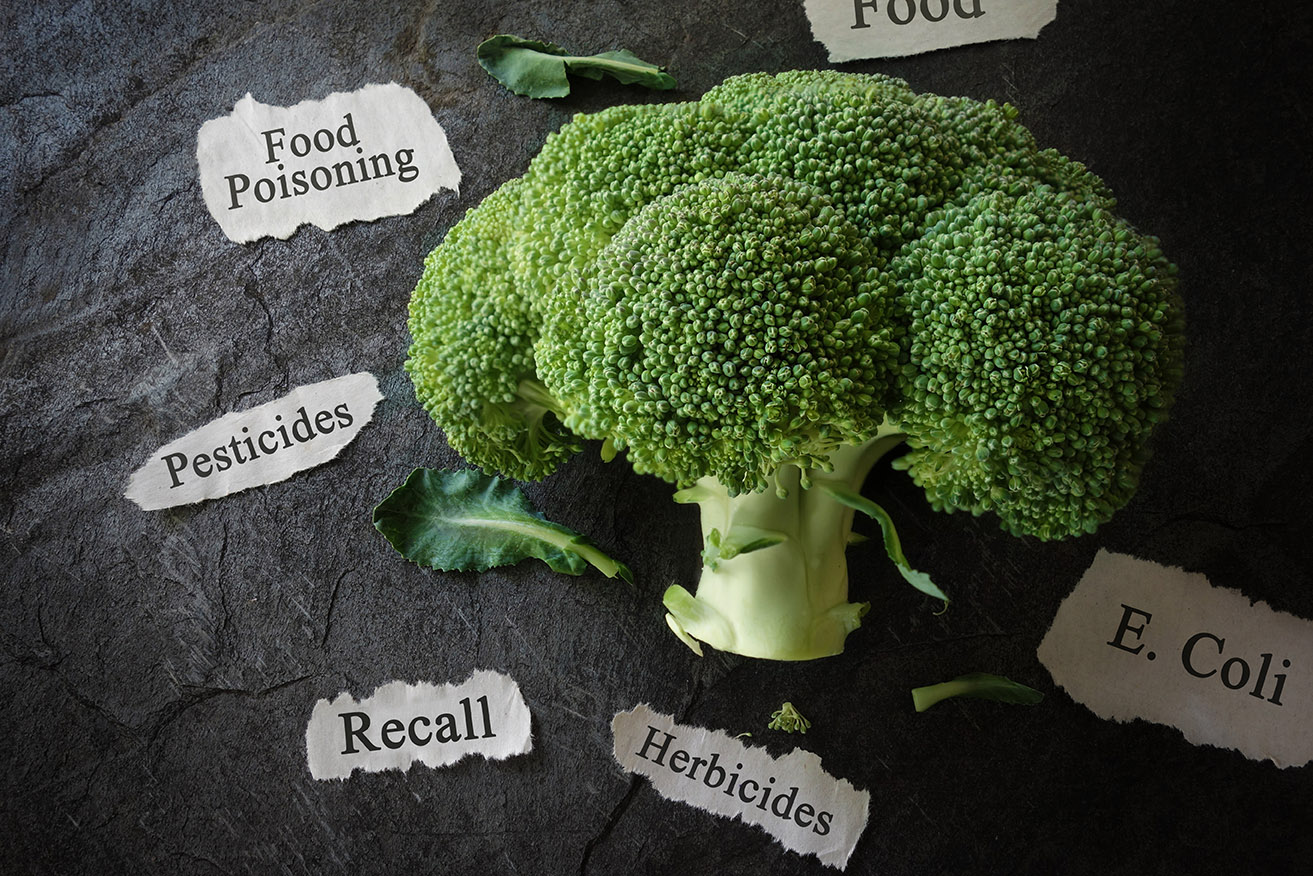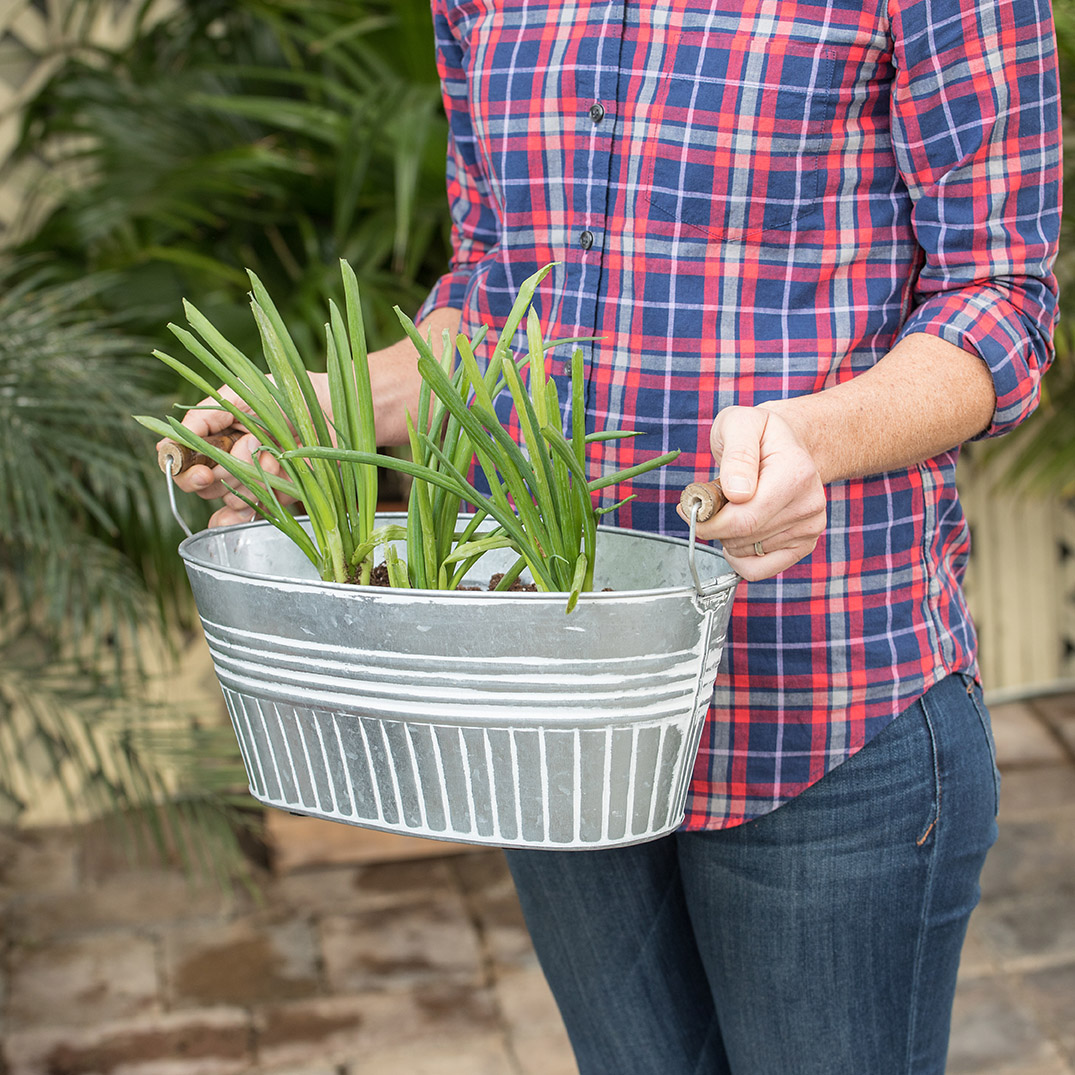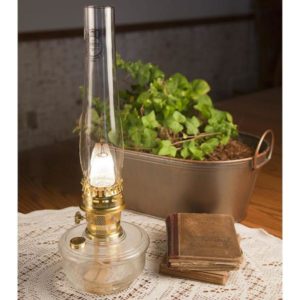 It’s an exercise which far too many people are finding themselves doing. Open the refrigerator, take out the bag of veggies or tray of meat, and check whether the contents are involved in the latest food recall.
It’s an exercise which far too many people are finding themselves doing. Open the refrigerator, take out the bag of veggies or tray of meat, and check whether the contents are involved in the latest food recall.
The newest scandals to hit the news involve romaine lettuce and ground beef. Dozens of people from nearly 20 states have been sickened (one has died) by lettuce originating in Yuma, Arizona contaminated with E. coli. Then a North Carolina food processor recalled more than 35,000 pounds of ground beef for possible contamination with plastic bits.
The Problem
These types of recalls are not uncommon … and they lead to a very uncomfortable question: Do you know where your food comes from?
So much has been written about the adverse effects of artificial ingredients in packaged foods that many health-conscious people are increasingly buying what are termed “one ingredient” foods – fresh, unpackaged or minimally packaged items that can be mixed with other one-ingredient items to make a delicious meal. But what happens when one-ingredient foods are the ones being recalled?
The sad truth is fruits and vegetables are often picked while unripe, shipped long distances, stored for long periods of time, and handled extensively. At every step, the potential increases for carrying diseases and contaminants. Meat and dairy products are just as bad.
An Alternate Choice: Locally-Grown Foods
It’s no wonder people are becoming more interested in locally-grown foods. Not only does buying locally support small farmers, but less energy is required for shipping, handling, and packaging.

Of course, the ultimate “locavore” experience comes from what you grow, raise, or produce yourself. What could be more satisfying than picking a breakfast of fresh strawberries? A salad lunch with your own lettuce and tomatoes? Dinner with green beans or corn?
Some go further and raise their own chickens for eggs and cows for milk. Others raise their own pork or beef, or buy these products from local sources they trust.
It can bring great security and comfort to grow or raise your own food, or buy it locally. No more wondering what happened to that romaine lettuce as it traveled 2000 miles to your supermarket. No more wondering about that crunchy bit in your hamburger.
growFresh eggs are just one of the many perks of raising your own chickens.Locavores revert to what food production was like a hundred years ago, before modern transportation methods became common. They eat in season (no strawberries in January) and they eat what grows in their area (no pineapples in North Dakota). And local eaters engage enthusiastically in growing or raising whatever they can – tomatoes, salad greens, backyard chickens, fresh herbs. It’s amazing what can be produced on a balcony or patio.
Becoming a locavore isn’t just smart, it’s fun. Raising food is challenging and satisfying – not just the growing, but the preserving for winter. When your strawberries are overwhelming in abundance or you’re buried in corn, the next logical step is how best to keep them for later.
Just a warning: It’s addicting. You might soon find yourself selling your own abundance at a local farmer’s market.






























